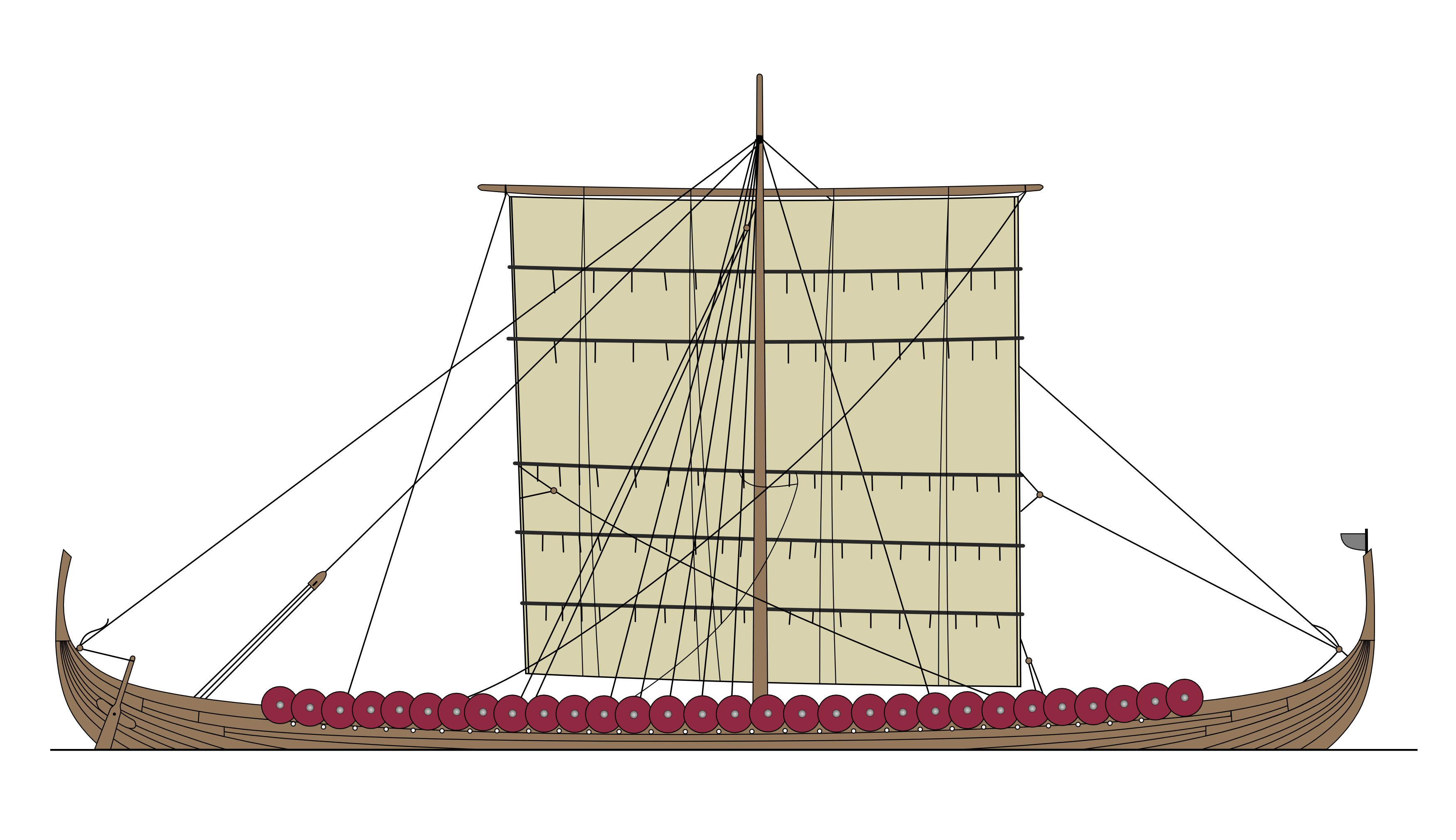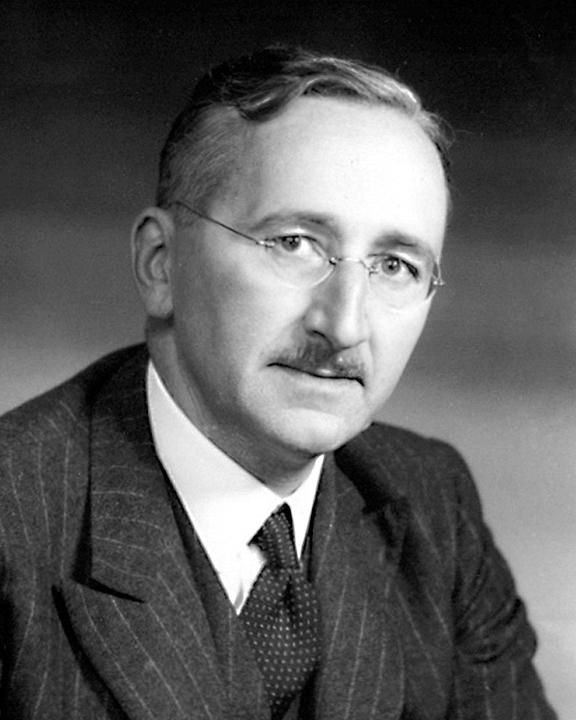|
Strandhögg
Strandhogg in old Norse was a Viking tactic consisting of a coastal raid with the intention of capturing livestock and indigenous peoples for the slave trade. This tactic was enhanced by Viking longships' shallow draft. The Vikings had already developed spy networks from their many commercial encounters with vicus. These spies informed them of the local customs, the dates of religious feasts, helped with translation and indicated places to plunder and personalities to be removed and held for ransom. It happened that Vikings made these raids against their own countrymen as well. Harald I, known as Harald Fairhair, prohibited strandhögg on the Norwegian territory. Later uses The term remains in use in Iceland. With the rise of neoliberal Neoliberalism (also neo-liberalism) is a term used to signify the late 20th century political reappearance of 19th-century ideas associated with free-market capitalism after it fell into decline following the Second World War. A prominen ... [...More Info...] [...Related Items...] OR: [Wikipedia] [Google] [Baidu] |
Old Norse
Old Norse, Old Nordic, or Old Scandinavian, is a stage of development of North Germanic languages, North Germanic dialects before their final divergence into separate Nordic languages. Old Norse was spoken by inhabitants of Scandinavia and their Viking expansion, overseas settlements and chronologically coincides with the Viking Age, the Christianization of Scandinavia and the consolidation of Scandinavian kingdoms from about the 7th to the 15th centuries. The Proto-Norse language developed into Old Norse by the 8th century, and Old Norse began to develop into the modern North Germanic languages in the mid-to-late 14th century, ending the language phase known as Old Norse. These dates, however, are not absolute, since written Old Norse is found well into the 15th century. Old Norse was divided into three dialects: Old West Norse, ''Old West Norse'' or ''Old West Nordic'' (often referred to as ''Old Norse''), Old East Norse, ''Old East Norse'' or ''Old East Nordic'', and ''Ol ... [...More Info...] [...Related Items...] OR: [Wikipedia] [Google] [Baidu] |
Longship
Longships were a type of specialised Scandinavian warships that have a long history in Scandinavia, with their existence being archaeologically proven and documented from at least the fourth century BC. Originally invented and used by the Norsemen (commonly known as the Vikings) for commerce, exploration, and warfare during the Viking Age, many of the longship's characteristics were adopted by other cultures, like Anglo-Saxons, and continued to influence shipbuilding for centuries. The longship's design evolved over many centuries, and continuing up until the sixth century with clinker-built ships like Nydam. The longship appeared in its complete form between the ninth and 13th centuries. The character and appearance of these ships have been reflected in Scandinavian boatbuilding traditions to the present day. The particular skills and methods employed in making longships are still used worldwide, often with modern adaptations. They were all made out of wood, with cloth sails ... [...More Info...] [...Related Items...] OR: [Wikipedia] [Google] [Baidu] |
Vicus
In Ancient Rome, the Latin term (plural ) designated a village within a rural area () or the neighbourhood of a larger settlement. During the Republican era, the four of the city of Rome were subdivided into . In the 1st century BC, Augustus reorganized the city for administrative purposes into 14 regions, comprising 265 . Each had its own board of officials who oversaw local matters. These administrative divisions are recorded as still in effect at least until the mid-4th century. The word "" was also applied to the smallest administrative unit of a provincial town within the Roman Empire. It is also notably used today to refer to an ''ad hoc'' provincial civilian settlement that sprang up close to and because of a nearby military fort or state-owned mining operation. Local government in Rome Each ''vicus'' elected four local magistrates ('' vicomagistri'') who commanded a sort of local police force chosen from among the people of the ''vicus'' by lot. Occasionally the o ... [...More Info...] [...Related Items...] OR: [Wikipedia] [Google] [Baidu] |
Harald Fairhair
Harald Fairhair no, Harald hårfagre Modern Icelandic: ( – ) was a Norwegian king. According to traditions current in Norway and Iceland in the eleventh and twelfth centuries, he reigned from 872 to 930 and was the first King of Norway. Supposedly, two of his sons, Eric Bloodaxe and Haakon the Good, succeeded Harald to become kings after his death. Much of Harald's biography is uncertain. A couple of praise poems by his court poet Þorbjörn Hornklofi survive in fragments, but the extant accounts of his life come from sagas set down in writing around three centuries after his lifetime. His life is described in several of the Kings' sagas, none of them older than the twelfth century. Their accounts of Harald and his life differ on many points, but it is clear that in the twelfth and thirteenth centuries Harald was regarded as having unified Norway into one kingdom. Since the nineteenth century, when Norway was in a personal union with Sweden, Harald has become a na ... [...More Info...] [...Related Items...] OR: [Wikipedia] [Google] [Baidu] |
Neoliberalism
Neoliberalism (also neo-liberalism) is a term used to signify the late 20th century political reappearance of 19th-century ideas associated with free-market capitalism after it fell into decline following the Second World War. A prominent factor in the rise of conservative and libertarian organizations, political parties, and think tanks, and predominantly advocated by them, it is generally associated with policies of economic liberalization, including privatization, deregulation, globalization, free trade, monetarism, austerity, and reductions in government spending in order to increase the role of the private sector in the economy and society. The defining features of neoliberalism in both thought and practice have been the subject of substantial scholarly debate. As an economic philosophy, neoliberalism emerged among European liberal scholars in the 1930s as they attempted to revive and renew central ideas from classical liberalism as they saw these ideas diminish ... [...More Info...] [...Related Items...] OR: [Wikipedia] [Google] [Baidu] |
Hostile Takeover
In business, a takeover is the purchase of one company (the ''target'') by another (the ''acquirer'' or ''bidder''). In the UK, the term refers to the acquisition of a public company whose shares are listed on a stock exchange, in contrast to the acquisition of a private company. Management of the target company may or may not agree with a proposed takeover, and this has resulted in the following takeover classifications: friendly, hostile, reverse or back-flip. Financing a takeover often involves loans or bond issues which may include junk bonds as well as a simple cash offers. It can also include shares in the new company. Types Friendly A ''friendly takeover'' is an acquisition which is approved by the management of the target company. Before a bidder makes an offer for another company, it usually first informs the company's board of directors. In an ideal world, if the board feels that accepting the offer serves the shareholders better than rejecting it, it recom ... [...More Info...] [...Related Items...] OR: [Wikipedia] [Google] [Baidu] |



